There are unethical breeders who are deliberately breeding incorrect colours that are not now, and never have been, recognized by a specific breed's official Standard. Some have been found in the breed for a long time, but have always been very undesirable (such as black and tan Labrador Retrievers), while other colours come from a cross with another breed or an unwanted mutation. Merle is unknown in most breeds, so unless it is a breed known for merle (like the Australian Shepherd), check the breed standard before you buy.
Remember, don't pay extra for a dog just because of it's "rare" colour unless you have done your research, know exactly what you are buying and have made sure the breeder has done all the normal health checks for that breed on the parents of the litter.
Here are a few of the undesirable colours in some of the better-known breeds.
Labrador Retriever — black and tan, brindle and tan, silver. Fox red, which is perfectly acceptable, is no longer rare. "White" Labs are simply very light yellows and not rare or different.
American Cocker Spaniels — sable, merle, clown-faced (white covering most of the head), solid white, or mostly dark with white on face, paws and/or chest but no other white.
English Springer Spaniel — tan and white.
Boxer — black with no brindling at all, mostly or all white, white patches on the back.
Doberman Pinscher — golden and tan, solid white, lack of tan markings.
Great Dane — blue merle, fawn merle, solid white, black-brindle (very dark brindle), harlequin in any colour other than black and white; white on face, chest, neck and legs on any colour except black or harlequin.
Chihuahua — merle.
Pug — brindle is unknown in the breed.
Dalmatian — tan spotting, tricolour spotting, blue spotting. Patches (which are present at birth) and blue eyes are a disqualification for showing.
French Bulldog — black and white, black and tan, liver, mouse (a greyish-tan) or solid black without any trace of brindle.
Poodles (all sizes) — spotted, or having any white markings. Black or grey with tan markings (tan may be any shade from rust to nearly white), often called phantom. Note that these colours are recognized in some registries. They are not rare.
Australian Shepherd — white spotting on the body, mostly white, double merle.
Border Collie — mostly white, double merle.
Collie — double merle.
German Shepherd Dog — white is registered as a separate breed in some registries, and is not recognized in others. The white-marked tricolour "Panda" Shepherd is a new spontaneous mutation in one bloodline, and is not a recognized colour in most registries. Undesirable: any washed-out or dilute colours such as blue, fawn and liver, or any of these with tan markings.


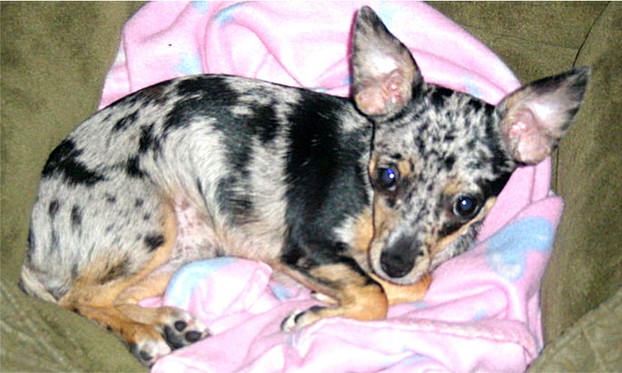
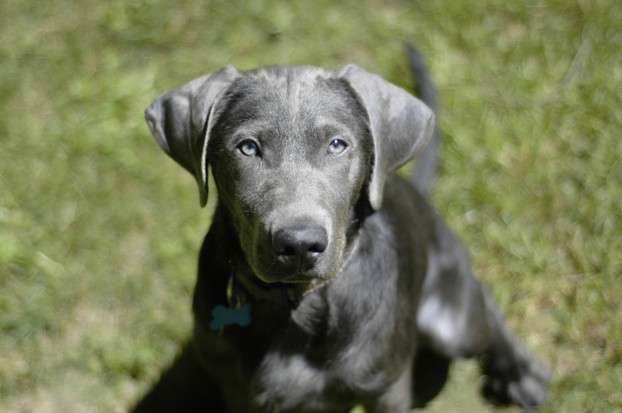
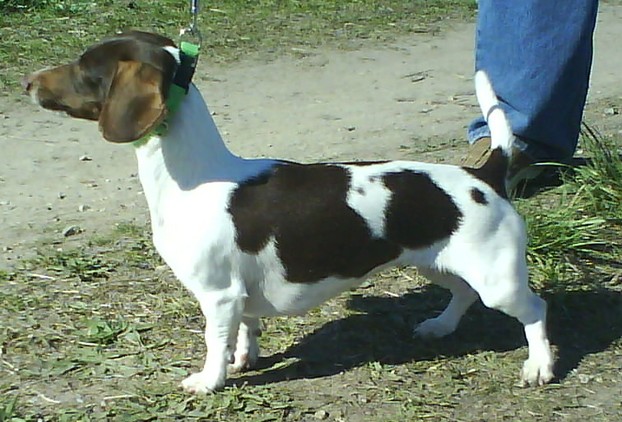







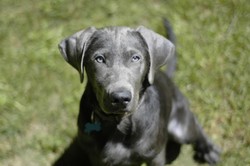

 Versatile Nova Scotia Duck Tolling Retrieverson 08/02/2014
Versatile Nova Scotia Duck Tolling Retrieverson 08/02/2014
 Should You Spay or Neuter Your Puppy?on 08/12/2014
Should You Spay or Neuter Your Puppy?on 08/12/2014
 Horse Racing History: the Preakness Stakeson 05/15/2014
Horse Racing History: the Preakness Stakeson 05/15/2014
 Dinosaurs Will Be On Display in Trenton, Ontario, Canadaon 07/29/2013
Dinosaurs Will Be On Display in Trenton, Ontario, Canadaon 07/29/2013


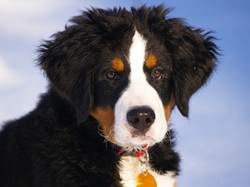
Comments
Very good, I am especially grateful for the info on Silver labs, I am not a breeder but have been owned by labs for the last 14 yrs... and people do ask, my labs are just plain black!!
Very interesting!